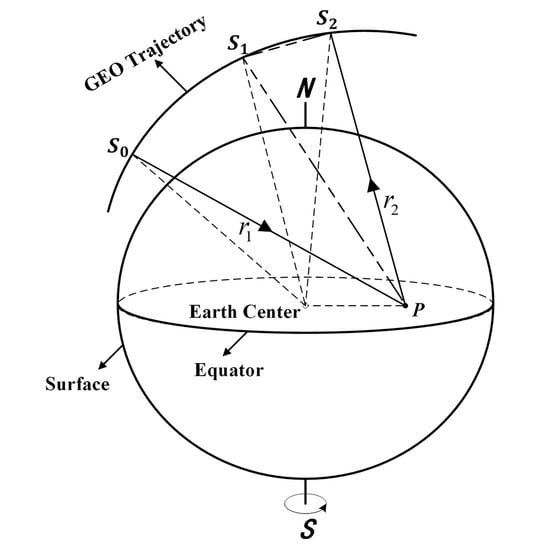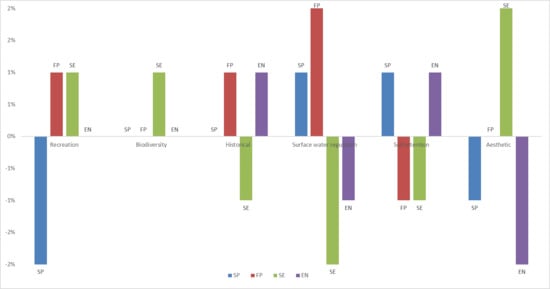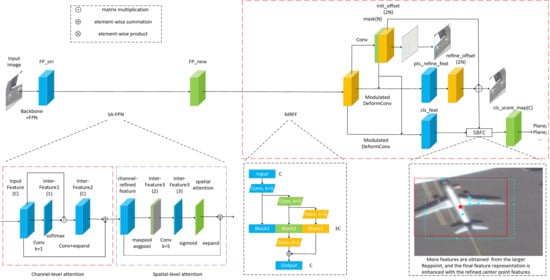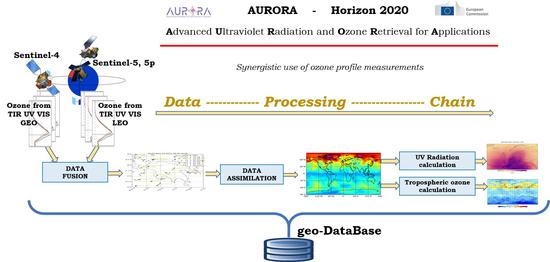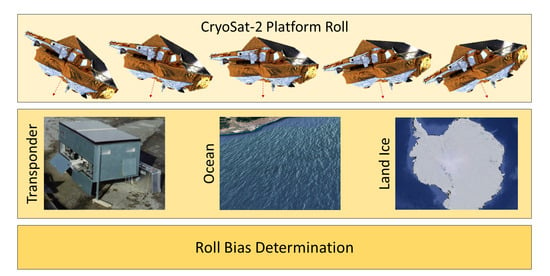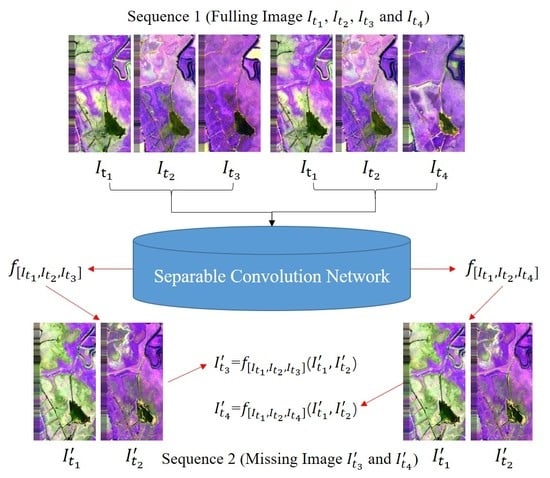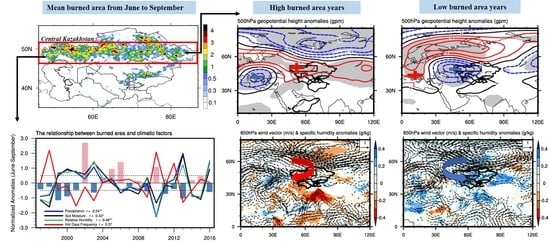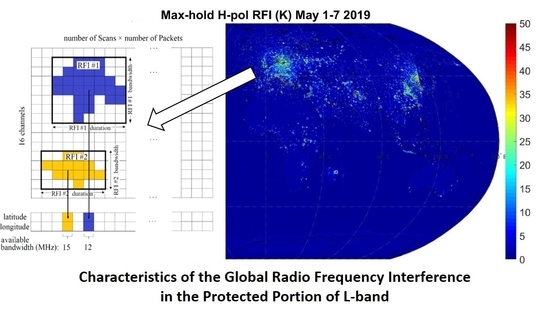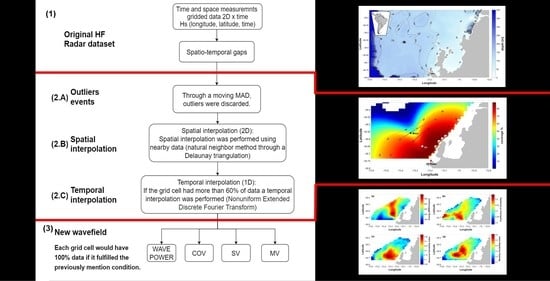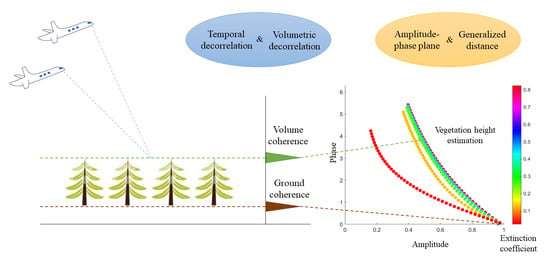Remote Sens. 2021, 13(2), 190; https://doi.org/10.3390/rs13020190 - 7 Jan 2021
Cited by 5 | Viewed by 3286
Abstract
In this research study, we deal with remote sensing data analysis over high dimensional space formed by hyperspectral images. This task is generally complex due to the large spectral, spatial richness, and mixed pixels. Thus, several spectral un-mixing methods have been proposed to
[...] Read more.
In this research study, we deal with remote sensing data analysis over high dimensional space formed by hyperspectral images. This task is generally complex due to the large spectral, spatial richness, and mixed pixels. Thus, several spectral un-mixing methods have been proposed to discriminate mixing spectra by estimating the classes and their presence rates. However, information related to mixed pixel composition is very interesting for some applications, but it is insufficient for many others. Thus, it is necessary to have much more data about the spatial localization of the classes detected during the spectral un-mixing process. To solve the above-mentioned problem and specify the spatial location of the different land cover classes in the mixed pixel, sub-pixel mapping techniques were introduced. This manuscript presents a novel sub-pixel mapping process relying on K-SVD (K-singular value decomposition) learning and total variation as a spatial regularization parameter (SMKSVD-TV: Sub-pixel Mapping based on K-SVD dictionary learning and Total Variation). The proposed approach adopts total variation as a spatial regularization parameter, to make edges smooth, and a pre-constructed spatial dictionary with the K-SVD dictionary training algorithm to have more spatial configurations at the sub-pixel level. It was tested and validated with three real hyperspectral data. The experimental results reveal that the attributes obtained by utilizing a learned spatial dictionary with isotropic total variation allowed improving the classes sub-pixel spatial localization, while taking into account pre-learned spatial patterns. It is also clear that the K-SVD dictionary learning algorithm can be applied to construct a spatial dictionary, particularly for each data set.
Full article
(This article belongs to the Special Issue New Advances on Sub-pixel Processing: Unmixing and Mapping Methods)
►
Show Figures

